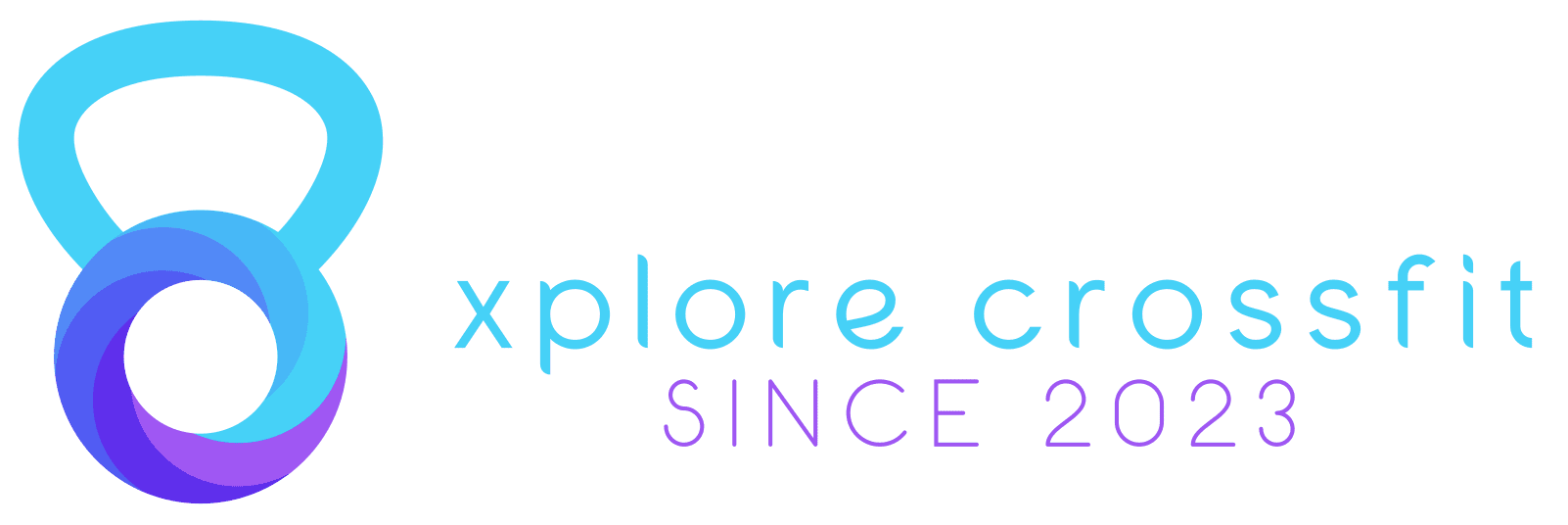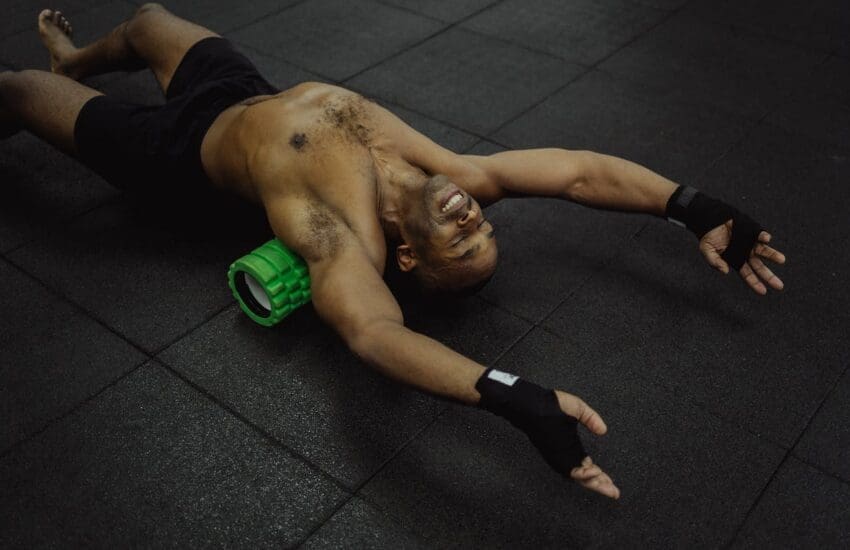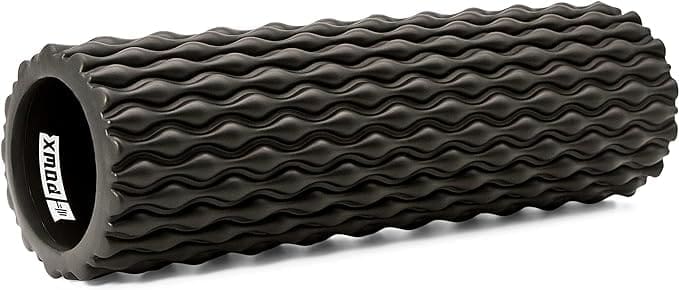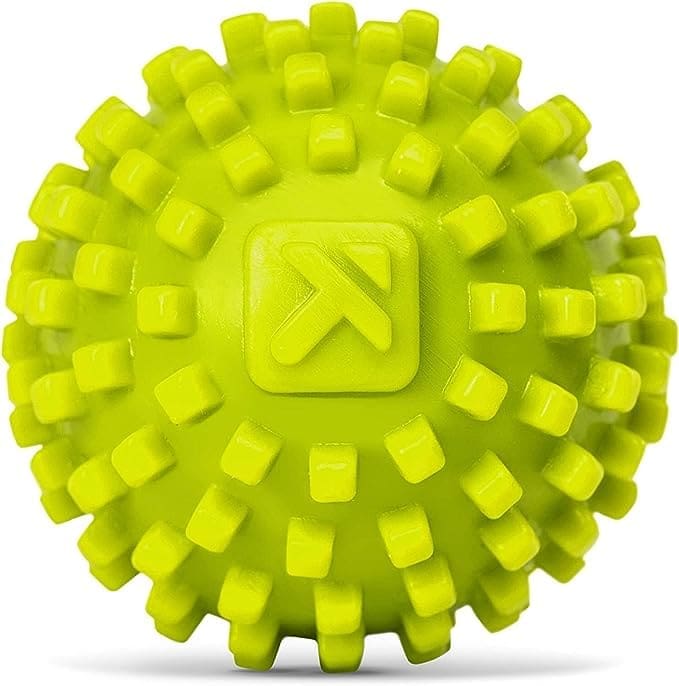Are you tired of feeling sore and stiff after every intense workout? Would there be a way to speed up your recovery and return to the game faster? Look no further because we have the solution for you – foam rolling! Whether you’re a fitness newbie or an exercise enthusiast, this beginner’s guide to using a foam roller will revolutionize your recovery routine. Get ready to roll away those knots and say goodbye to post-workout pain as we dive into Foam Rolling 101!
Introduction to Foam Rolling
Foam rolling, also known as self-myofascial release, is a popular technique athletes, fitness enthusiasts, and physical therapists use for muscle recovery and injury prevention. It involves using a foam roller to pressure specific body areas to release muscle tension and tightness.
Foam rolling is based on the idea that our muscles are surrounded by connective tissue called fascia. When this fascia becomes tight or adhesed due to overuse or injury, it can restrict movement and cause discomfort. Foam rolling helps break down these adhesions and increase blood flow to the muscles, resulting in faster recovery and improved range of motion.
Foam rollers come in many sizes, densities, and textures. They can be cylindrical or have different shapes depending on their intended use. The density of the foam roller usually determines its firmness – soft foam rollers provide a gentler massage, while denser ones offer deeper tissue penetration.
So, how does one use a foam roller? It is essential to warm up your muscles before using a foam roller. This can be done through light cardio activity or dynamic stretches that target the specific muscle groups you intend to roll out.
Next, find an open space with enough room to move around comfortably with your foam roller. Lie on your mat with the foam roller placed under one side of your body – either beneath your calves for lower-body movements or under your upper back for upper-body movements.
Start by applying gentle pressure onto the desired area of your body with the help of your hands and slowly roll back and forth over it along the length of the muscle group. You may feel some discomfort at first as you work through any tight spots or knots in your muscles – this is normal. However, if you experience sharp pain or extreme discomfort, stop immediately, as it could indicate an underlying injury.
Relax your muscles and take deep breaths as you continue to roll. You can pause at any spots that feel particularly tight or sore for a few seconds before continuing to roll.
Foam rolling should not be rushed – spending at least 30-60 seconds on each muscle group is recommended. Remember to work both sides of the body evenly for balanced results.
Foam rolling is a great way to improve muscle recovery, reduce soreness, and prevent injuries. Proper technique and consistency can enhance your overall fitness routine and help you achieve optimal performance in your workouts. In the following sections of this guide, we will discuss some specific foam roller exercises for different muscle groups and address common mistakes to avoid while foam rolling.
Textured Foam Rollers for Muscle Massage – HIGH-Density [Firm] Back Foam Roller for Back Pain Relief & Muscle Recovery in Legs & Arms – Hollow Foam Roller for Muscle Exercises by PowX, 5.5x17.7 in.
Benefits of Foam Rolling for Exercise Recovery
Foam rolling has become a popular tool for exercise recovery among athletes, fitness enthusiasts, and even physical therapists. This simple yet effective form of self-myofascial release involves using a foam roller to apply pressure to specific body areas to alleviate muscle tension and improve range of motion. This section will look at the numerous benefits of incorporating foam rolling into your exercise routine.
- Improved Muscle Recovery
One of the benefits of foam rolling is its ability to assist in muscle recovery after strenuous exercise. Our muscles undergo micro-tears as we engage in physical activity, leading to soreness and stiffness. Foam rolling helps break up these adhesions and knots within the muscles, promoting blood flow and oxygen delivery to the affected areas. This increased circulation helps flush out metabolic waste products, including lactic acid, reducing inflammation and promoting faster healing.
- Increased Range of Motion
Tight muscles can restrict our range of motion and limit our ability to perform specific exercises or movements with proper form. Foam rolling can aid the release of tension in tight muscles, allowing for better mobility and flexibility. Targeting muscle groups with the foam roller can reduce restrictions and improve movement patterns.
- Prevention of Injury
Regular foam roller use can also help prevent injuries by keeping our muscles supple and pliable. Tight or overworked muscles are more prone to injury as they lack the elasticity needed for safe movement. Incorporating foam rolling into your warm-up routine before exercising or stretching after a workout can reduce your risk of strains or tears.
- Decreased Muscle Soreness
Delayed onset muscle soreness (DOMS) can occur after intense workouts or when starting a new exercise program. Foam rolling has been shown to reduce DOMS by increasing blood flow and reducing inflammation in targeted areas. This means less pain and discomfort post-workout, allowing you to return to the gym sooner.
- Cost-Effective
Foam rollers are an affordable and convenient recovery tool that can be used in the comfort of your own home. They come in various sizes, textures, and densities to suit individual preferences and needs. Investing in a foam roller is a cost-effective way to incorporate self-myofascial release into your exercise routine without breaking the bank.
Foam rolling offers numerous benefits for exercise recovery, from improved muscle recovery and increased range of motion to injury prevention and decreased muscle soreness. Adding this simple yet effective tool to your fitness regimen can enhance your overall performance and achieve your fitness goals more efficiently.
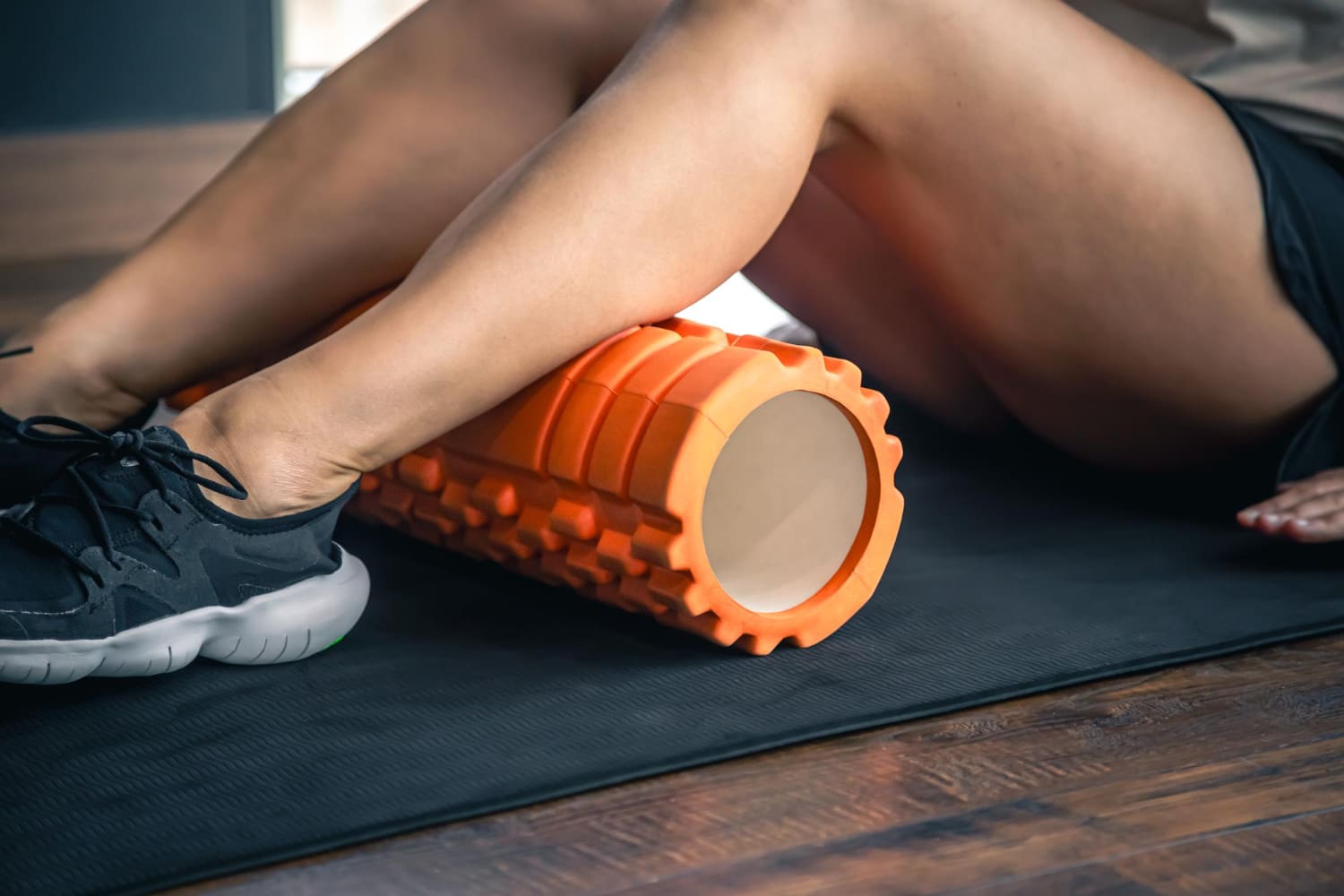
Different Types of Foam Rollers and Their Uses
- Different Types of Foam Rollers and Their Uses
Foam rollers are one of the most versatile and practical tools for exercise recovery. Still, with so many different types available on the market, knowing which one is right for you can be overwhelming. In this section, we will dive into the various types of foam rollers and their specific uses to help you make an informed decision.
1a. Basic Foam Roller
The basic foam roller is made from high-density foam and is the most commonly used type of foam roller. It typically has a smooth surface and comes in various sizes and densities. This type of foam roller is excellent for beginners as it provides a moderate level of pressure that can be easily adjusted by changing body positioning. It is also suitable for various exercises, such as rolling out tight muscles, improving flexibility, and increasing blood circulation.
1b. Grid Foam Roller
The grid foam roller features a unique textured surface with raised grooves or bumps that mimic the hands of a massage therapist. This design allows for deeper penetration into muscle tissue, making it ideal for targeting trigger points or areas that need extra attention. The grid pattern also helps to distribute weight evenly along the length of the roller, providing a more comfortable experience during use.
1c. Vibrating Foam Roller
Vibrating foam rollers have become more popular in recent years due to their ability to provide both myofascial release and vibration therapy simultaneously. The vibrations help relax tense muscles while increasing blood flow, making it a great option for post-workout recovery or general relaxation.
1d. High-Density Foam Roller
High-density foam rollers are firmer than basic foam rollers and provide intense pressure that may not be suitable for beginners or those with injuries or sensitive areas. However, they are highly effective at breaking up scar tissue and muscle adhesions, promoting faster recovery from training sessions.
1e.High-Density Foam Roller with Trigger Points
Similar to the high-density foam roller, this type of roller also features raised points or knobs that provide targeted myofascial release. These trigger points are beneficial for releasing tension in specific areas and deepening the massage experience.
1f. Soft Foam Roller
On the other end of the spectrum, we have soft foam rollers made from low-density foam that offer a gentler massage experience. They are suitable for individuals with injuries or sensitive areas as they provide minimal pressure but help improve circulation and reduce muscle soreness.
With so many options available, it’s essential to understand your requirements and preferences when choosing a foam roller. Whether you’re a beginner looking for an essential foam roller or an experienced athlete needing intense myofascial release, there is undoubtedly a type of foam roller that will meet your needs. Experiment with different types to find what works best for you and incorporate it into your exercise recovery routine for maximum benefits.
TRIGGERPOINT PERFORMANCE THERAPY MobiPoint Textured Massage Ball for Targeted Foot Pain Relief, (2-Inch)
How to Use a Foam Roller Properly
Foam rolling has become widespread among fitness enthusiasts and athletes for its numerous benefits in exercise recovery. However, misusing a foam roller can lead to injuries or not provide the desired results. This section will discuss using a foam roller properly to reap its full benefits.
- Choose the Right Foam Roller: Before starting your foam rolling routine, it is essential to choose the right type of foam roller that suits your needs. Foam rollers come in many shapes, sizes, and densities. If you are a beginner, opt for a softer density foam roller as it will be less intense on your muscles. As you progress and get used to foam rolling, you can switch to a firmer one for deeper massage.
- Begin with Warm-Up Exercises: Like any other workout routine, warming up before using a foam roller is crucial. It helps improve blood flow and prepares your muscles for the pressure from the roller. Simple exercises like jogging in place or dynamic stretches can warm up your muscles effectively.
- Target Specific Muscles: Each muscle group requires different techniques while using a foam roller properly. For example, if you want to target your calves, lie down on your back with the foam roller placed under your calves and roll back and forth slowly while applying gentle pressure.
- Use Proper Technique: When using a foam roller properly, it’s essential to maintain proper form throughout the exercise. This includes keeping your core engaged by tightening your abdominal muscles and maintaining steady breathing throughout each movement.
- Start Slowly: When starting with foam rolling as a beginner, remember not to put too much pressure on yourself or overdo it at once, as it may cause soreness or pain later on. Start with shorter sessions of 10-15 minutes daily and gradually increase intensity and duration as you progress.
6 . Stay Hydrated: Drinking enough water is necessary when engaging in physical activities, and foam rolling is no exception. Water helps flush out toxins from your muscles and keeps them hydrated, preventing cramping or soreness.
- Listen to Your Body: Properly listening to your body while using a foam roller is essential. Stop straight away and adjust the pressure or technique if you feel sharp pain or discomfort. Remember that foam rolling should not be painful but provide a deep massage sensation.
Using a foam roller properly can help improve muscle recovery, reduce soreness, and increase flexibility. Following these tips can assist in safe and effective foam rolling routine that will benefit your overall fitness journey. Always consult a professional if you have any underlying medical conditions before incorporating foam rolling into your exercise routine.
Foam Roller 101: Using a Foam Roller for Exercise Recovery – Part 2
